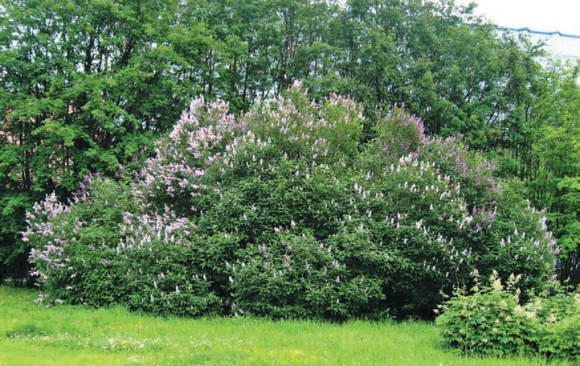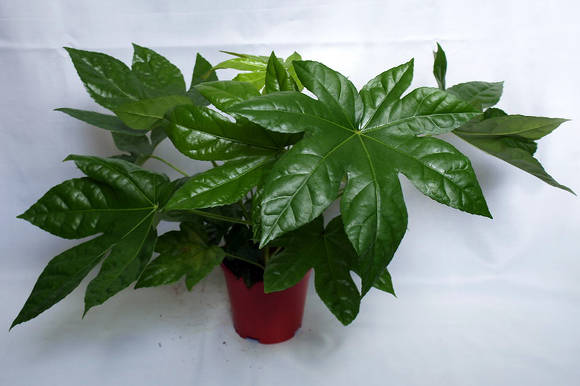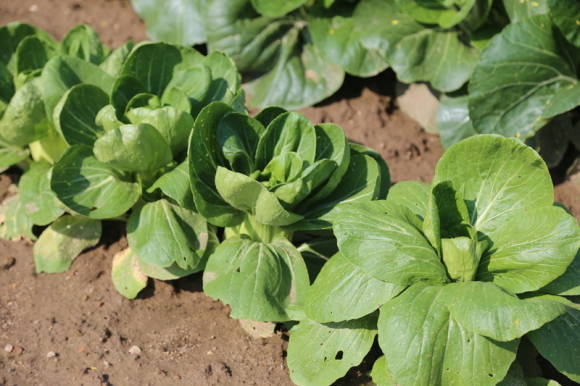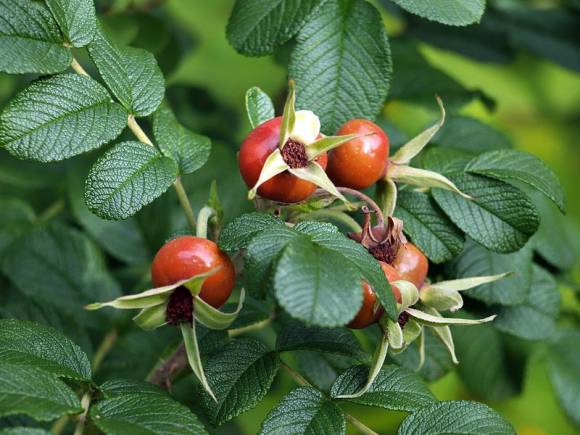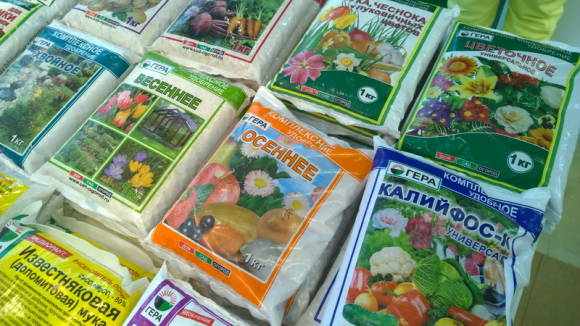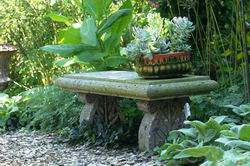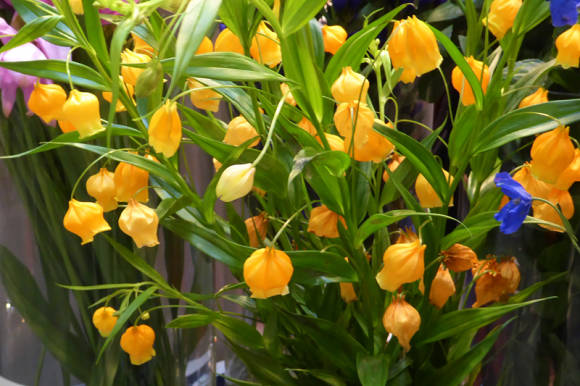Often, the passion for indoor floriculture begins with the cultivation of fruit crops. It's like trying to recreate the Garden of Eden at home. One of the unpretentious fruit plants at home is the common pomegranate. According to some versions, it was the "pomegranate" that Eve handed over to Adam.
For growing in pots, only dwarf varieties of pomegranate, such as Nana, are suitable, usually not exceeding 1 m.And although his pomegranates cannot compete with store ones, they are small and sour, their very appearance in the fall brings great joy. In addition, from spring to autumn, the plant is abundantly strewn with bright red flowers. Planted in a tub, it will decorate the garden throughout the summer. Flowering is so decorative that, to the detriment of fruiting, many varieties with double flowers have been bred, most of which do not set fruit (About varieties - on the page Garnet).
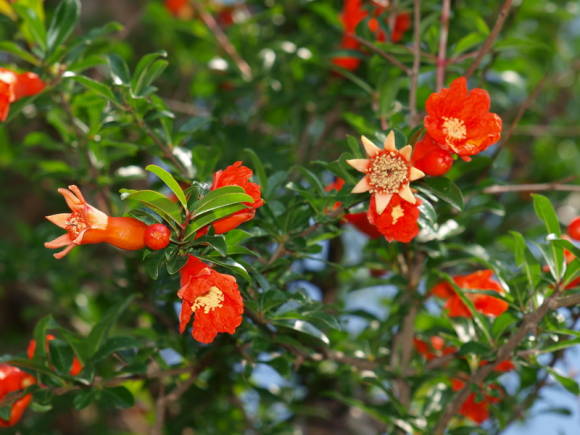
Pomegranate is unpretentious, easy to shape, compact, with small leaves and expressive flowers, which makes it an excellent object for growing in the bonsai style.
Illumination. Pomegranate needs full sun, south-facing windows are needed. With a lack of light, there will be no flowering or it will be scarce. In summer, it is useful to expose the plant to an open balcony or to take it out into the garden, this will protect it from overheating through the window panes. If this is not possible, then place the pomegranate next to the open sash of the window so that the plant receives a lot of fresh air and is well ventilated during the heat.
Watering. Although adult plants in nature are resistant to short droughts, their need for water is not so great, it is not worth bringing the soil in a pot to complete drying. Water the pomegranate in the sun regularly in the summer, after the soil dries to about the middle of the pot, but abundantly enough to moisten the entire clod. Do not leave water in the pan, this plant is very sensitive to waterlogging. Once flowering begins, increase watering to produce more flowers. At the end of August, reduce the amount of watering, and in winter in cool conditions, reduce it even more to keep the soil slightly damp. To avoid waterlogging, add a large amount of drainage components (coarse sand or perlite) to the ground mix.
Read more in the article Watering rules for indoor plants.
Temperature. In summer, pomegranate tolerates the heat of the day well, and at night it is advisable to keep the temperature around + 15 ° C. In winter, the plant needs to rest in coolness at a temperature of +5 ... + 10 ° C, in such conditions, leaf fall sets in, and the plant, after its completion, can be placed in a dark place. At the end of January, expose the pomegranate to the light, and soon it will start to grow.
Soil and transplants. Pomegranate is undemanding to soil fertility, but needs good drainage throughout the pot, and not just from the bottom. Add 1/4 to 1/3 the volume of perlite to the finished peat soil. You can make the following mixture: one part of peat substrate, one part of turf and two parts of sand. A high content of sand or perlite in the entire volume of the soil will prevent stagnation of water in the pot.
Young specimens are transplanted every year in the spring after the start of growth by carefully transferring them into a slightly larger pot. Adult plants are transplanted every 3-5 years.
Read more in the article Transplanting indoor plants.
Fertilizers applied from spring to autumn, starting and ending with half dosages. Use only ready-made universal complex mixtures with microelements; for potted plants it is better to take mineral fertilizers, liquid or dry. In winter, when the plant is resting, no fertilizing is applied.
Read more in the article Top dressing of indoor plants.
Air humidity for a pomegranate is not important. In a potted culture, pomegranates do not suffer from dry air in summer.And for the winter, when the heating season begins, it sheds its leaves.
Pruning and shaping. To maintain a compact and dense crown, pomegranates need systematic pruning. But since it lays flowers at the ends of young shoots and blooms almost all summer, pruning is best done in late autumn or early spring, after harvest (in fruiting varieties) and before new growth begins. It is preferable to carry out strong pruning, leaving 2-3 pairs of leaves on the branches. If necessary, individual branches and unnecessary shoots that appear can be pruned in the summer. Pomegranates can be formed with single-barreled and multi-barreled trees, in the form of a bush. Easy to form and well suited for growing bonsai. When pruning, be careful, the branches of the plant are thorny and very fragile.

Bloom occurs only when the plant is exposed to the sun and can last from May to September. Plants grown from cuttings often bloom already in the year of rooting, and from seeds they can bloom in the 3-4th year. If the plant has not bloomed in due time, then it does not have enough light, move it to a more sunny place. Too little watering can lead to a decrease in the number of buds, and excessive moisture can provoke early fall of flowers. Each flower blooms for several days, up to a week.
Fruiting. Fruits are not tied on all flowers, and their complete absence is more typical for terry varieties. Most flowers fall off without setting fruit, which is normal for a pomegranate. The Nana variety is capable of self-pollination. It takes about 170-220 days (5.5-7 months) to ripen the fruit. To avoid fruit cracking, which often happens, you can remove the pomegranates earlier than this and store in the refrigerator (up to 6 months), where they gradually ripen.

Reproduction. Pomegranate cuttings are easily rooted according to the standard technique (in a greenhouse with the use of root formation stimulants) during the entire growing season. But it is better to take them at the beginning of summer, when the young branches have already grown and matured, and there is still a whole season ahead for their active growth. On the cuttings, branches that have ripened at the cut point are cut off about 10 cm long, the roots appear in 2-4 weeks. This (vegetative) method of propagation guarantees the preservation of varietal characteristics, and for many double varieties this is the only way, since their flowers are sterile.
Read more in the article Cutting indoor plants at home.
For sowing, use only fresh seeds taken directly from their fruits. You should not sow seeds from store-bought pomegranates, they will grow too large plants for the house.
Pests and diseases. Pomegranate is a favorite plant of a very annoying pest - whitefly. If white small flies and their larvae are found in the form of white capsules on the underside of the leaves, urgently isolate the plant from the rest, treat with insecticides, better than the systemic type (Aktara, Mospilan, Confidor, etc.), the drug Aplaud is considered the best remedy. In autumn, after leaf fall, carefully collect and destroy the leaves, replace the top layer of soil. Pomegranate is also affected by mealybug and scabbard, the same systemic drugs will help in the fight against them. It is enough to treat aphids with Aktara once.
From excessive moisture, the roots of the pomegranate are affected by root rot, in this case, urgently reduce watering and take cuttings to restore the plant.
About plant protection - in the article Houseplant pests and control measures.

